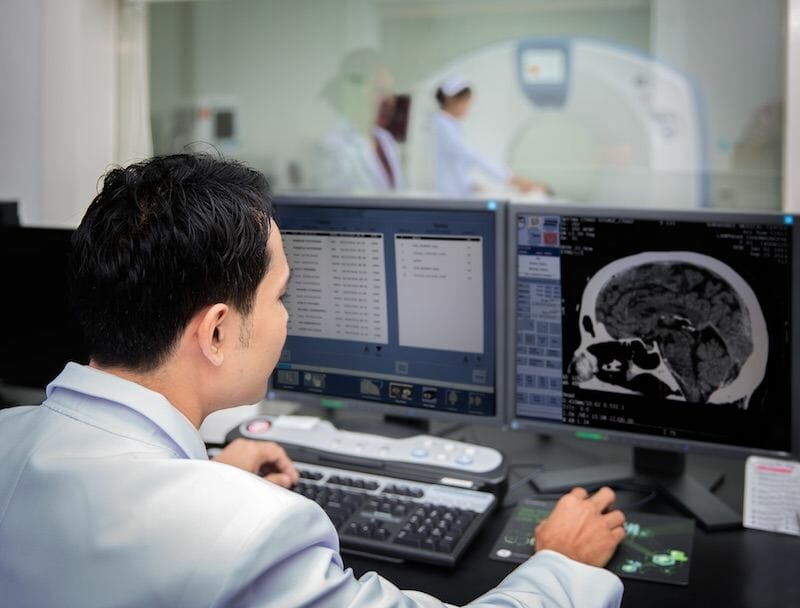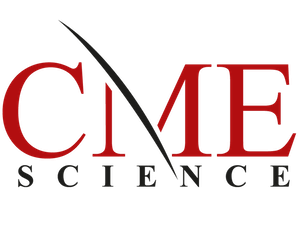Reasons Why Radiology is So Crucial to Medical Care

Radiology is all about imaging for medical purposes. It includes radiographers, radiologists, sonographers, biomedical engineers, nurses, medical physicists and other support staff. At CME Science, we think the radiology field is vital to medical care for many reasons.
Ever since radiology became a normal thing, it has come with plenty of technical challenges. The X-ray image started it all and the field has expanded in many ways throughout the last several decades.
Today, radiology is a key diagnostic tool for several diseases, helps with monitoring treatment and can even help with predicting specific outcomes. With several imaging modalities, the field has become crucial to medical care and here’s why.
X-Rays
Radiology started with the X-ray, which changed the field of medicine forever. The ability to use imaging to see inside the body, diagnose a broken bone, diagnose diseases and so much more has made radiology necessary for medical care.
X-rays use radiation to look through the body and see foreign objects and bones. This allows physicians to better diagnose anything wrong with the bone structure, which leads to the proper course of treatment.
Other Imaging
Along with the X-ray, radiology has grown to include other imaging technology, such as CT, MRI, Fluoroscopy, and Angiography. These different technologies allow for real-time imaging of the digestive system, looking at blood vessels, providing 2D and 3D maps of the tissue within the body and providing cross-section views of the body.
Without these technologies, it would be very difficult for physicians to diagnose many of the common diseases today.
Doctors Rely on Radiographers
In today’s medical field, doctors rely heavily on radiographers. They need accurate tests to be able to diagnose the issue and provide the proper treatment. Radiographers not only provide those tests, but they also provide an emotional and physical support while preparing patients for these tests.
One of the things a radiographer does is explain the procedure to the patient and answer their questions. They also know how to be sensitive to the pain of the patient as they place them in the right position for the test.
Central to Disease Management
With so many horrific diseases plaguing the world, it’s important to have a good disease management plan. Radiology plays a huge role in disease management by giving physicians more options, tools, and techniques for detection and treatment. Diagnostic imaging allows for detailed information about structural or disease-related changes. With the ability to diagnose during the early stages, patients may be saved. Without radiology, this may not be possible.
When it all comes down to it, radiology saves lives. It’s vital to medical care because it’s one of the most powerful diagnostic and treatment tools available. Without radiology, many would die sooner due to disease and it would be much harder to even fix something as simple as a broken bone.
Diagnostic imaging allows for better treatment and a better look at what’s really going on within the body. Radiology is not only vital to medical care, but it’s also one of the fastest growing careers. With more and more physicians relying on radiology, its’ expected that this field will grow by 21% from 2012 to 2022.
